My own apple genius bar was set pretty high when I presumed that cultivating an organic orchard at Stonegate was even remotely doable.
The cooperative extension folks shook their Carhartt-capped heads at my callow ambitions; nurseries tried to sell me the same old dreary disease-resistant cultivars; and local farmers insisted that the Hudson Valley, with its centuries of apple production, had created its own Darwinian microcosm of ever-adaptive pestilence would do me in.
It seemed without the regular puffing-out of vast clouds of synthetic pesticides, I was doomed to harvesting bushels of rotting, inedible muck. Organic apples were truly forbidden fruit; a tired old trope for original sin.
So, of course – always one to succumb to a little biblical temptation – I planted them: Historic apples with seductive, suggestive names like Hidden Rose, Maidenblush, Pink Sparkle; those that sounded decent and honorable like Ashmead’s Kernel and Esopus Spitzenberg; or a few that reeked of high-born patrician plant-naming, like Duchess of Oldenberg, Devonshire Quarrandon, and C’aville Blanc D’hiver.
The choosing of varieties (and there are sixteen dwarf, spindle-trained apples trees in my orchard) was not entirely up to me. I have the ghost AJ Downing and his nineteenth-century tome Fruit and Fruit Trees of America to thank for much of the fussy decision-making.
Downing, who was the foremost pomologist of his time and had his nursery in Newburgh, just a few miles from my farm, is something of a legend in these parts. More than just a plant nerd, he was a prominent horticulturalist, landscape designer, and architect who cast a long and dazzling spell during his short life (he died at 37, drowned rescuing others during a steamship fire on the Hudson). When it came down to planting an orchard at Stonegate, I wanted Downing’s help.
I spent weeks on-line, obsessed, looking for rare and historic apple and pear varieties that Downing knew and grew more than 150 years ago, and stumbled across a quirky, cranky rare-fruit nursery on the southwestern tip of Michigan called Southmeadow Fruit Gardens–they even quoted Downing on the cover of their catalog! After cross-referencing varieties they were growing with one’s Downing had written about and praised, I put my order in.
With minimally invasive, organic pest management, the orchard at Stonegate has matured over the past five years, and the apples this season are the pay-out: flecked and pocked and full of a kind of organic indignation for what passes for fruit these days, these are apples to be reckoned with.
We’ve just tasted some of the first remarkable fruit of that planting, with a bushel or more of Golden Russet, with its fine-grained flesh and bronze cheeks; Maidenblush, flaring red over tender, yellow skin; Kerry Pippin, with its spicy, aromatic tang; and Hidden Rose, its flesh faintly streaked with pink – the apple of my i.
They may not be the prettiest pommes out there, but they’ve got plenty of organic personality. And unlike the dull, synthetic supermodels at the box stores, these apples have so much to say.
The ghost of Nineteenth century pomologist AJ Downing haunts much of the apple growing at StonegateFarm influencing not only which historic varieties are cultivated and how they’re grown as well.
My own apple genius bar was set pretty high when I presumed that cultivating an organic orchard at Stonegate was even remotely doable.
The cooperative extension folks shook their Carhartt-capped heads at my callow ambitions; nurseries tried to sell me the same old dreary disease-resistant cultivars; and local farmers insisted that the Hudson Valley, with its centuries of apple production, had created its own Darwinian microcosm of ever-adaptive pestilence would do me in.
It seemed without the regular puffing-out of vast clouds of synthetic pesticides, I was doomed to harvesting bushels of rotting, inedible muck. Organic apples were truly forbidden fruit; a tired old trope for original sin.
So, of course – always one to succumb to a little biblical temptation – I planted them: Historic apples with seductive, suggestive names like Hidden Rose, Maidenblush, Pink Sparkle; those that sounded decent and honorable like Ashmead’s Kernel and Esopus Spitzenberg; or a few that reeked of high-born patrician plant-naming, like Duchess of Oldenberg, Devonshire Quarrandon, and C’aville Blanc D’hiver.
The choosing of varieties (and there are sixteen dwarf, spindle-trained apples trees in my orchard) was not entirely up to me. I have the ghost AJ Downing and his nineteenth-century tome Fruit and Fruit Trees of America to thank for much of the fussy decision-making.
Downing, who was the foremost pomologist of his time and had his nursery in Newburgh, just a few miles from my farm, is something of a legend in these parts. More than just a plant nerd, he was a prominent horticulturalist, landscape designer, and architect who cast a long and dazzling spell during his short life (he died at 37, drowned rescuing others during a steamship fire on the Hudson). When it came down to planting an orchard at Stonegate, I wanted Downing’s help.
I spent weeks on-line, obsessed, looking for rare and historic apple and pear varieties that Downing knew and grew more than 150 years ago, and stumbled across a quirky, cranky rare-fruit nursery on the southwestern tip of Michigan called Southmeadow Fruit Gardens–they even quoted Downing on the cover of their catalog! After cross-referencing varieties they were growing with one’s Downing had written about and praised, I put my order in.
With minimally invasive, organic pest management, the orchard at Stonegate has matured over the past five years, and the apples this season are the pay-out: flecked and pocked and full of a kind of organic indignation for what passes for fruit these days, these are apples to be reckoned with.
We’ve just tasted some of the first remarkable fruit of that planting, with a bushel or more of Golden Russet, with its fine-grained flesh and bronze cheeks; Maidenblush, flaring red over tender, yellow skin; Kerry Pippin, with its spicy, aromatic tang; and Hidden Rose, its flesh faintly streaked with pink – the apple of my i.
They may not be the prettiest pommes out there, but they’ve got plenty of organic personality. And unlike the dull, synthetic supermodels at the box stores, these apples have so much to say.
Photography by Matthew Benson Foto
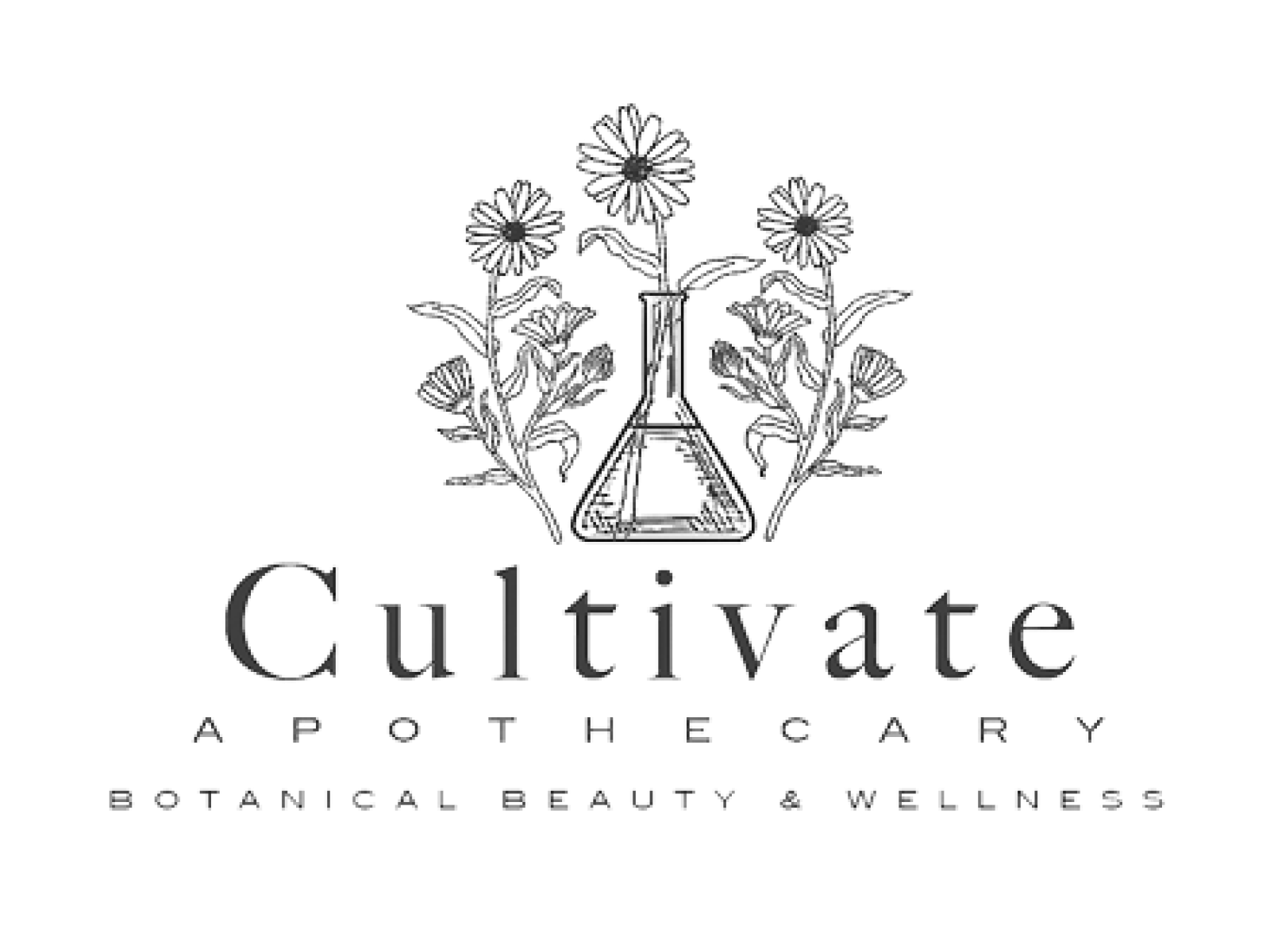
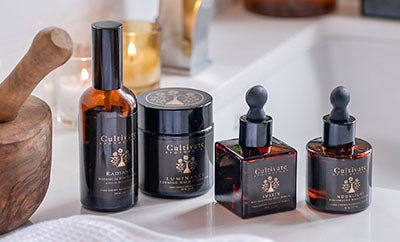

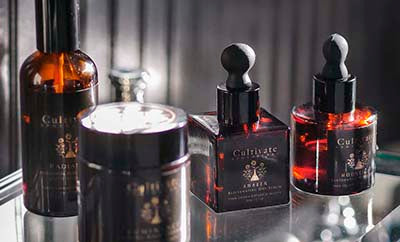
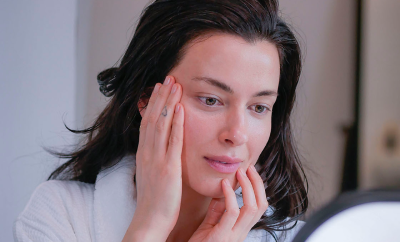
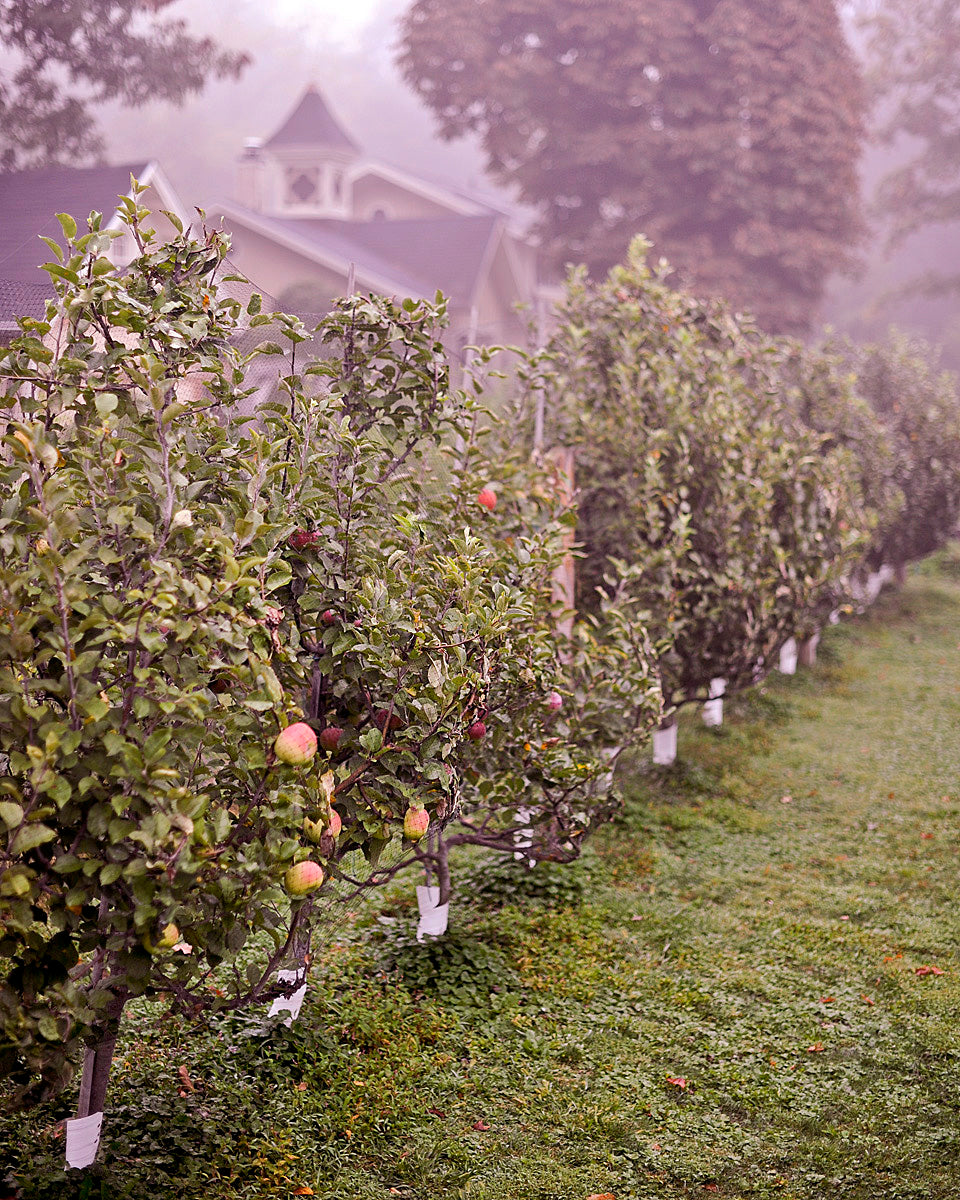
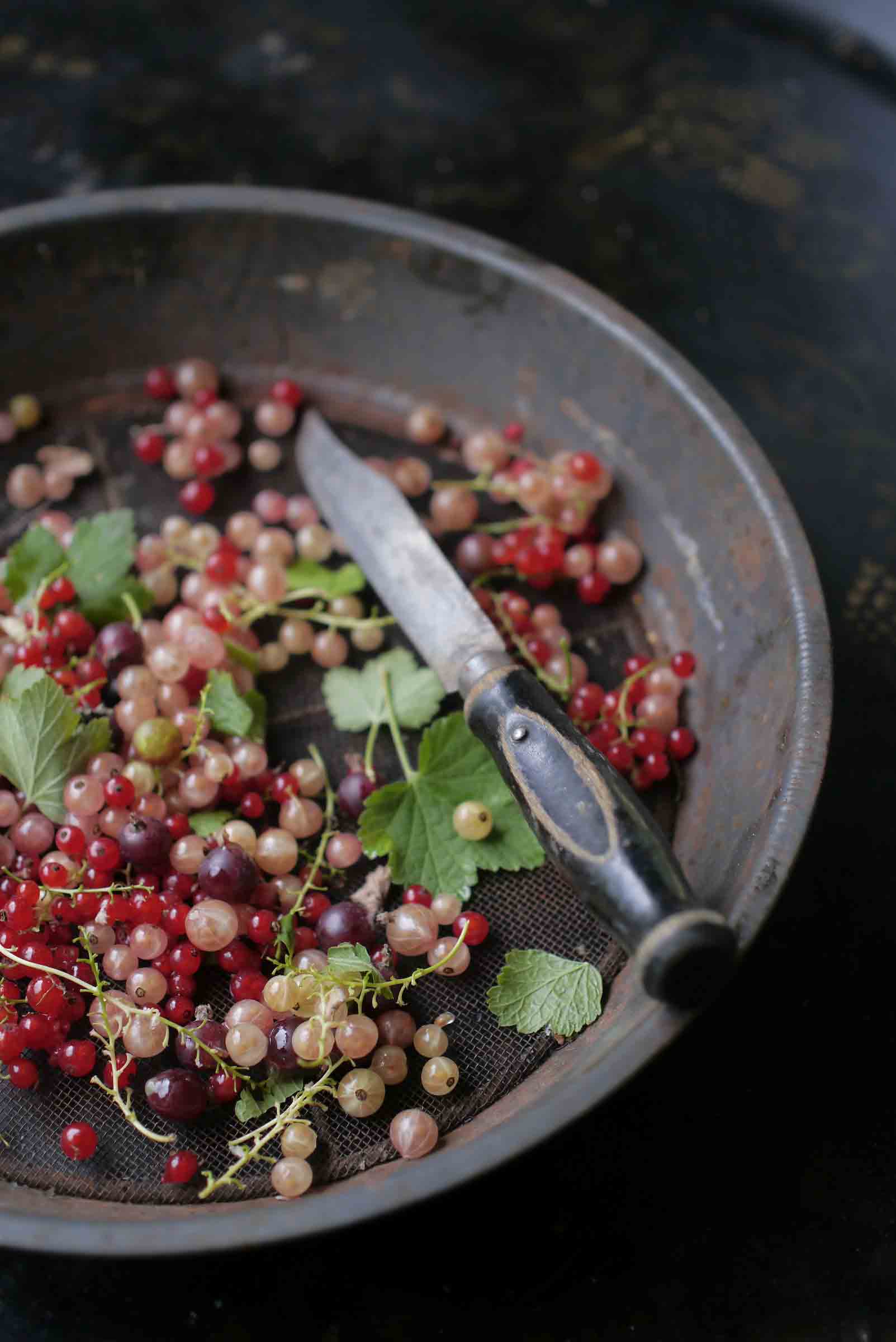
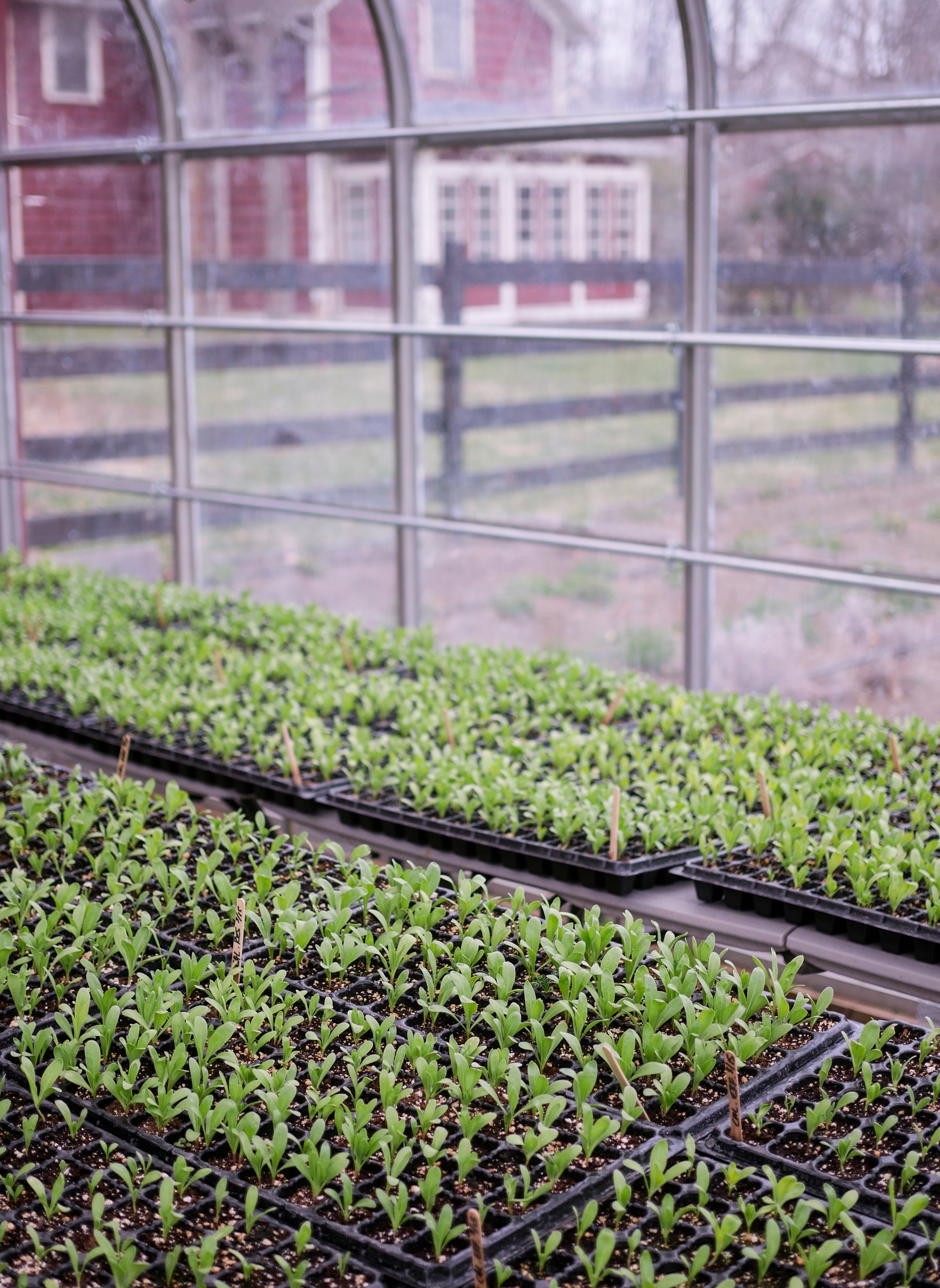

Leave a comment